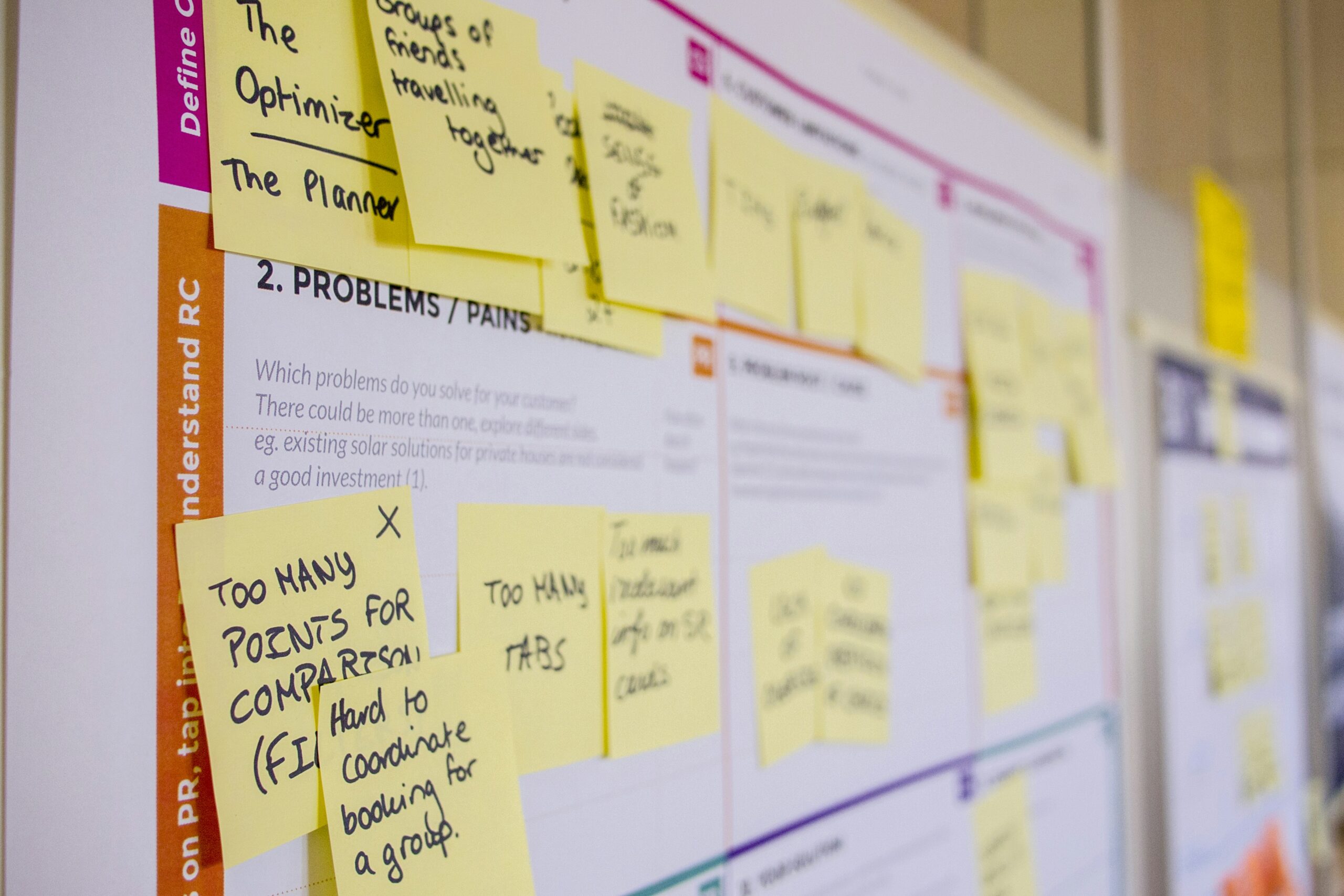Test-Driven Change Management.

Test-Driven Change Management: Driving Success Through Testing.
The main constant in business is change. Change is inevitable. Whether it’s implementing new systems, optimising processes, or organisational structures, managing change effectively is crucial to ensuring smooth transitions and minimising disruptions.
The Role of Testing in Driving Change
Test-Driven Change Management (TDCM) is a strategic approach that positions testing at the forefront of change initiatives. In TDCM, proposed changes are subjected to rigorous testing to evaluate their feasibility, impact, and resource requirements prior to implementation. This systematic process ensures that changes are not only viable but also align with organisational goals and capabilities.
By employing strategic testing estimates, TDCM allows organisations to analyse the potential outcomes and risks associated with proposed changes. This data-driven approach enables informed decision-making, helping stakeholders determine whether to proceed with, adjust, or abandon the changes.
Burn rate projections play a crucial role in TDCM by forecasting the resources and support needed for successful implementation. This includes financial costs, manpower, and necessary training, ensuring that adequate preparation and resource allocation are in place.
Furthermore, identifying resource and support requirements ensures that all stakeholders are equipped for the transition. This includes planning for initial rollout and ongoing support, facilitating a smooth and sustainable adoption of changes.
Overall, TDCM enhances decision-making, minimises disruptions, and builds stakeholder confidence, leading to more successful and resilient change initiatives within the organisation.
Test-Driven Change Management Considerations:
- Strategic Testing Estimates: Develop testing estimates to assess the feasibility and impact of proposed changes, allowing stakeholders to make informed decisions about implementation or optimisation.
- Burn Rate Projections: Utilise burn rate projections to forecast the resources and support required for implementing changes, ensuring adequate preparation and allocation of resources.
- Resource & Support Requirements: Identify the resource and support requirements needed to facilitate smooth transitions, including training, documentation, and ongoing support for end-users.
Key Benefits
- Improved Decision-Making: Test-Driven Change Management enables organisations to make data-driven decisions about change initiatives, based on rigorous testing and analysis of potential outcomes.
- Minimised Disruptions: By identifying potential risks and challenges through testing, organisations can proactively address issues and minimise disruptions during the change process.
- Enhanced Stakeholder Confidence: Thorough testing instils confidence among stakeholders that proposed changes have been carefully evaluated and validated, increasing buy-in and support for change initiatives.
Conclusion
The ability to manage change effectively is a crucial determinant of success. Test-Driven Change Management offers a robust framework for navigating change by emphasising thorough testing and data-driven decision-making. By incorporating strategic testing estimates, burn rate projections, and detailed resource and support requirements, organisations can significantly enhance their change management processes. The benefits of TDCM are manifold, including improved decision-making, minimised disruptions, and heightened stakeholder confidence. Ultimately, adopting a test-driven approach to change management equips organisations to not only adapt but thrive amidst the inevitable waves of change.






